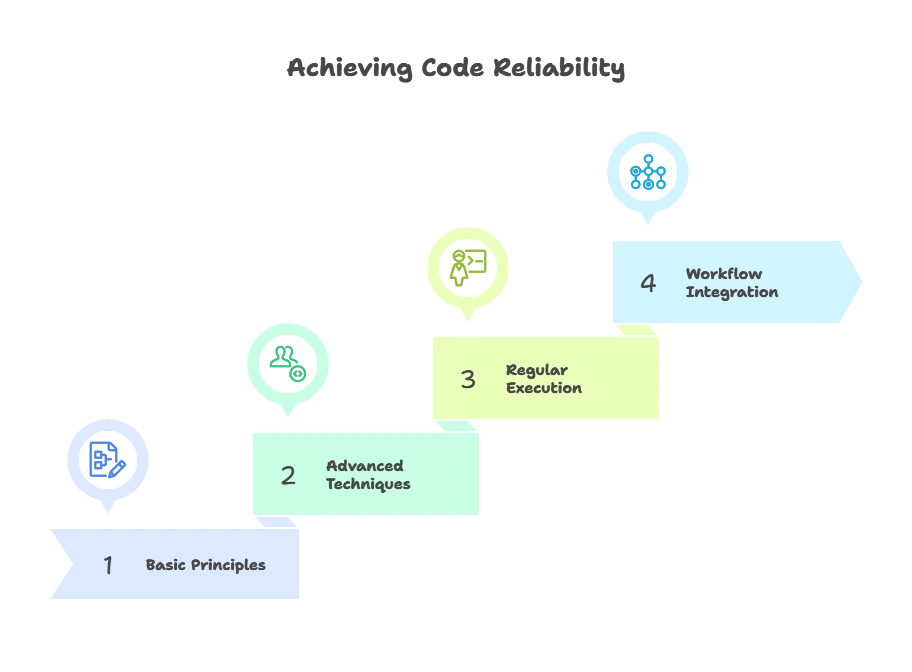Writing Tests with the Testing Package
Testing is a crucial aspect of software development, ensuring that our code behaves as expected under different scenarios. In Go, the built-in testing package provides a framework for writing and running tests efficiently. This chapter will cover everything you need to know about writing tests with the testing package, from the basics to advanced techniques, with comprehensive examples and explanations.
Basic Concepts
Test Functions: In Go, test functions are ordinary functions with names starting with
Test. These functions reside in_test.gofiles within the same package as the code being tested.Test Cases: Each test function typically tests a specific behavior or functionality of the code. Test cases within these functions cover different scenarios and edge cases.
Assertions: Assertions are statements within test functions that verify the expected behavior of the code under test. If an assertion fails, the test fails.
Consider a simple function Add that adds two integers:
// add.go
package main
func Add(a, b int) int {
return a + b
}
We can write tests for this function as follows:
// add_test.go
package main
import "testing"
func TestAdd(t *testing.T) {
result := Add(2, 3)
expected := 5
if result != expected {
t.Errorf("Add(2, 3) = %d; want %d", result, expected)
}
}
Subtests: Subtests allow grouping of related test cases within a single test function, providing better organization and reporting.
Table-Driven Tests: Table-driven tests use a table of input-output pairs to test functions with multiple scenarios efficiently.
Benchmarking: The
testingpackage supports benchmark tests (Benchmark*functions) to measure the performance of code under different workloads.Test Helpers: Test helper functions can be used to encapsulate common setup or assertion logic, reducing duplication and improving readability.
func TestAdd(t *testing.T) {
testCases := []struct {
name string
a, b int
expected int
}{
{"Positive numbers", 2, 3, 5},
{"Zero values", 0, 0, 0},
{"Negative numbers", -2, -3, -5},
}
for _, tc := range testCases {
t.Run(tc.name, func(t *testing.T) {
result := Add(tc.a, tc.b)
if result != tc.expected {
t.Errorf("Add(%d, %d) = %d; want %d", tc.a, tc.b, result, tc.expected)
}
})
}
}
In this example, we use subtests to group test cases based on different scenarios.

Writing tests with the testing package in Go is essential for ensuring code correctness and reliability. By following the basic principles and utilizing advanced techniques like subtests and table-driven tests, developers can create thorough and maintainable test suites. Remember to run tests regularly and integrate them into your development workflow for continuous validation of code changes. Happy coding !❤️
